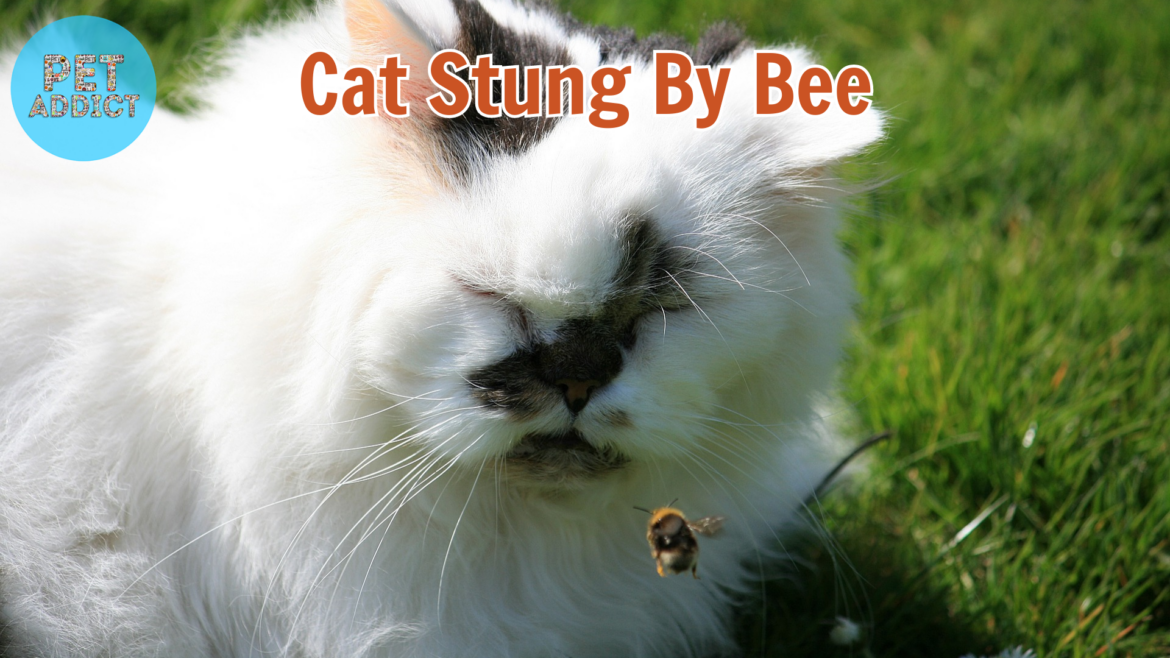Discovering that your beloved feline friend has been stung by a bee can be a concerning situation. While cats are naturally curious creatures, their curiosity can sometimes lead them to encounters with stinging insects. In this article, we’ll guide you through the steps to take if your cat gets stung by a bee, signs to watch for, and how to provide the necessary care to ensure their comfort and recovery.
PetAddict.net – The best place where you can find everything about your pet!
Recognizing the Sting
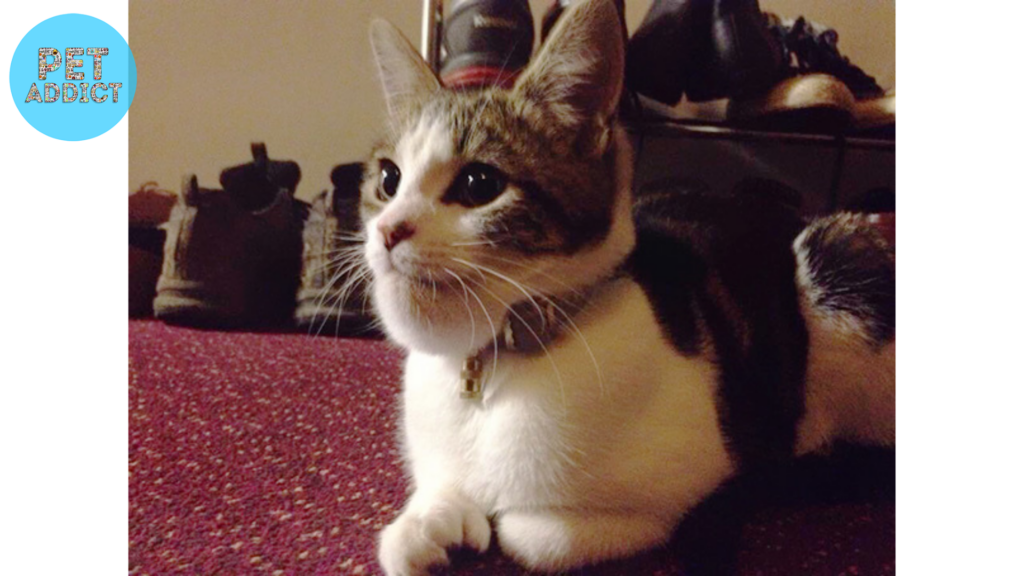
If your cat has been stung by a bee, you might notice the following signs:
- Sudden Yowling or Vocalization: Cats might express discomfort or pain through vocalizations.
- Swelling: The area around the sting site may become swollen, reddened, and sensitive to touch.
- Pawing or Licking: Your cat might paw at their face or the sting site and try to lick the affected area.
- Hives or Rash: Raised welts or hives might develop around the sting site.
- Lethargy or Agitation: Cats might become restless, agitated, or unusually lethargic due to discomfort.
Immediate Steps to Take
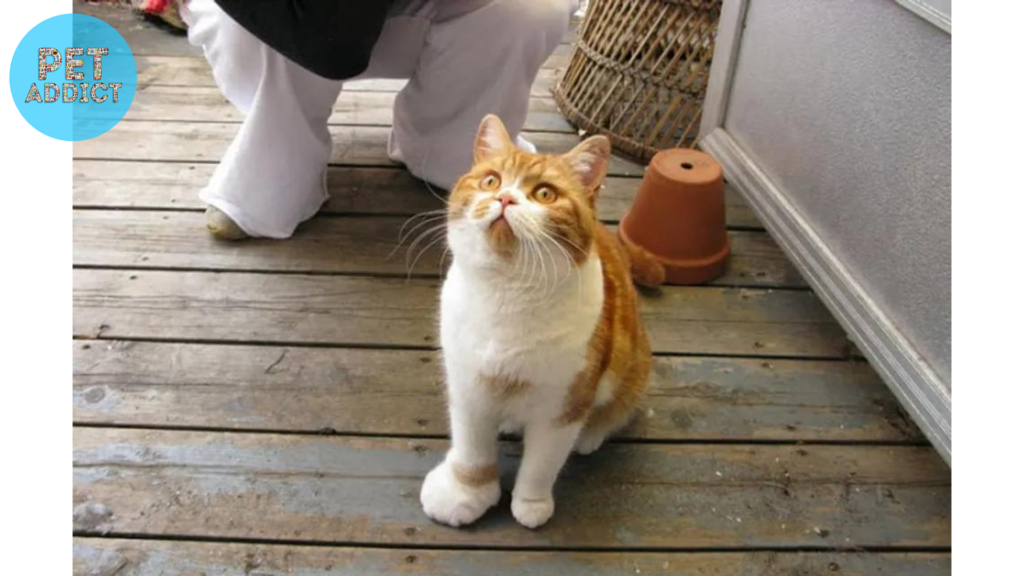
- Assess the Situation: If you see the bee sting in your cat’s fur, gently remove it using tweezers or your fingers. Be careful not to squeeze the venom sac.
- Provide Comfort: Approach your cat gently and speak soothingly to calm them down. Try to keep them as still as possible.
- Clean the Area: Use a clean cloth dampened with cold water to gently clean the sting site and alleviate some of the discomfort.
- Monitor for Allergic Reactions: While most bee stings cause mild reactions, some cats might be allergic. Watch for signs such as difficulty breathing, severe swelling, vomiting, or collapse. If any of these symptoms occur, seek immediate veterinary assistance.
Home Remedies for Soothing Discomfort
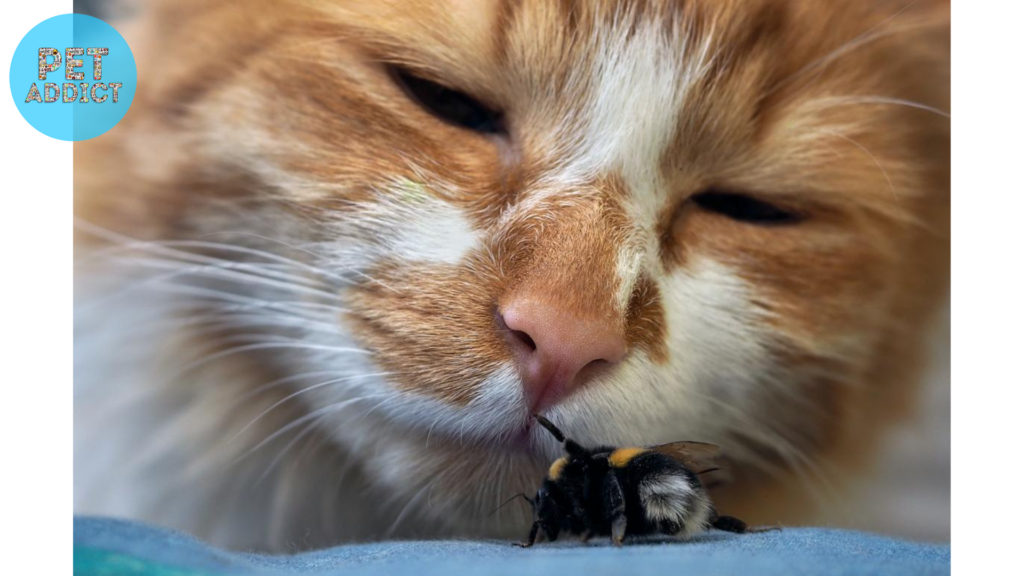
- Cold Compress: Applying a cold, damp cloth or ice pack (wrapped in a towel) to the sting site for a few minutes can help reduce swelling and provide relief.
- Baking Soda Paste: Mix baking soda with water to create a paste, and apply a small amount to the sting site. This can help neutralize the acidity of the venom.
- Aloe Vera Gel: Aloe vera gel (without added chemicals) can provide soothing relief to the affected area.
- Over-the-Counter Antihistamines: Under the guidance of a veterinarian, you might be able to give your cat a small dose of antihistamine to alleviate swelling and discomfort. Never administer any medication without professional advice.
When to Seek Veterinary Attention
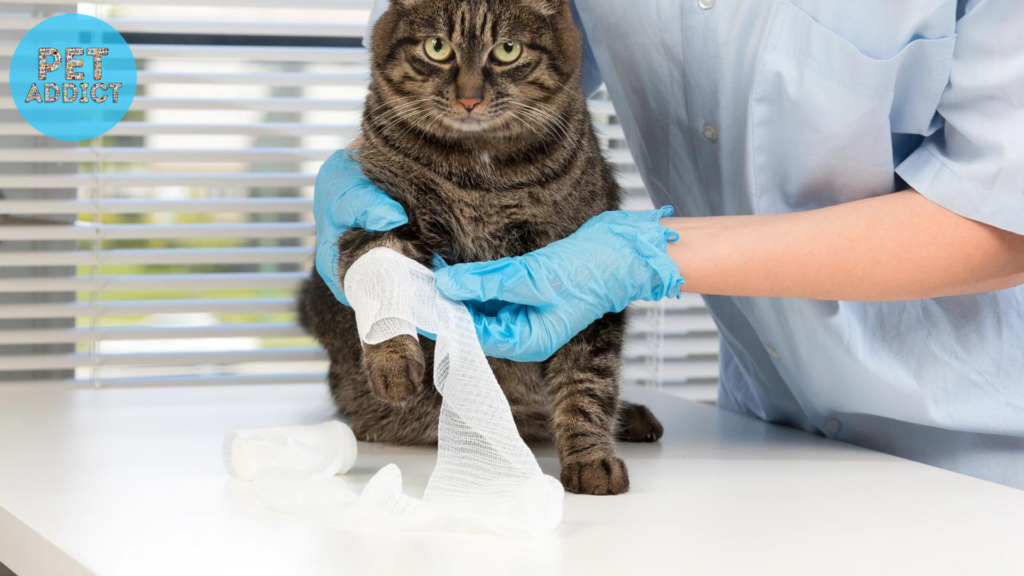
While most bee stings cause temporary discomfort, there are situations where immediate veterinary care is necessary:
- Allergic Reactions: If your cat shows signs of an allergic reaction, such as difficulty breathing or severe swelling, seek veterinary assistance promptly.
- Multiple Stings: If your cat has been stung multiple times, they might experience a more severe reaction that requires medical attention.
- Stings in Sensitive Areas: Bee stings near the mouth, eyes, or throat can be particularly dangerous due to potential swelling that could obstruct breathing.
- Signs of Infection: If the sting site becomes infected (redness, warmth, discharge), it’s important to have your cat evaluated by a vet.
Prevention Tips
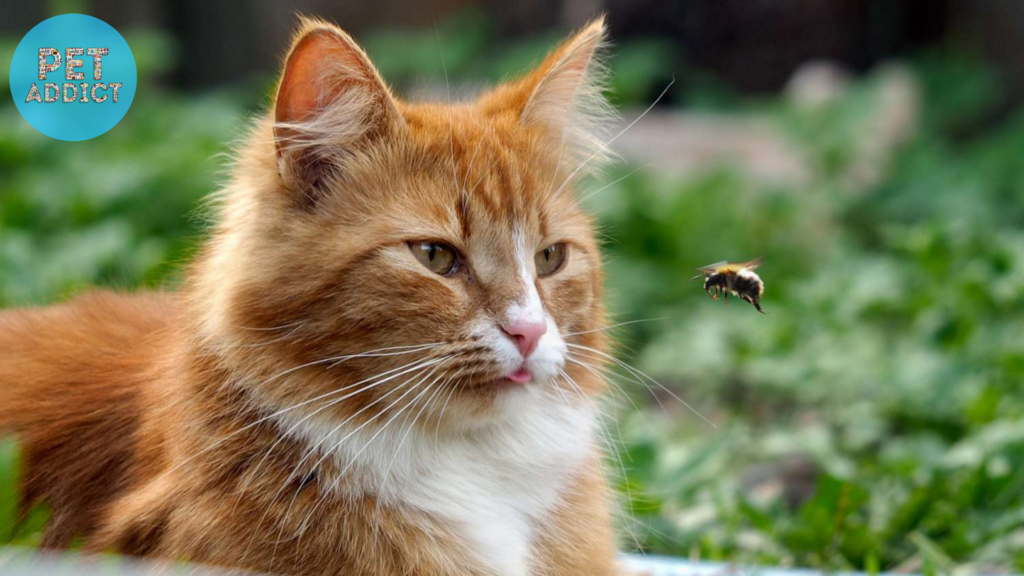
- Monitor Outdoor Time: Keep an eye on your cat while they’re outdoors to prevent encounters with stinging insects.
- Avoid Attractants: Keep sweet-smelling items like flowers, sugary drinks, and food scraps out of your yard to reduce the chances of attracting bees.
- Inspect and Maintain Yard: Regularly inspect your yard for bee nests and hives. If you find any, contact a professional to remove them safely.
Conclusion
A bee sting might be a painful experience for your cat, but with prompt attention and proper care, they can recover quickly. By recognizing the signs of a bee sting, taking immediate steps, and seeking veterinary assistance if necessary, you can ensure your feline companion’s comfort and well-being.
FAQs
- Can I give my cat human pain relievers for the sting? No, it’s not safe to give your cat human pain relievers without veterinary guidance. Some substances can be toxic to cats.
- How can I prevent my cat from getting stung again? Monitoring their outdoor activities, keeping your yard bee-free, and avoiding attractants are effective preventive measures.
- What if my cat is stung in the mouth or throat? Stings in these areas can cause significant swelling that might obstruct breathing. Seek immediate veterinary help.
- Can indoor cats get stung by bees? It’s less common, but it’s still possible if a bee enters your home. Keep windows and doors screened to prevent such encounters.
- Are bee stings dangerous for cats? While most bee stings cause mild discomfort, some cats can have severe allergic reactions that require immediate attention.

